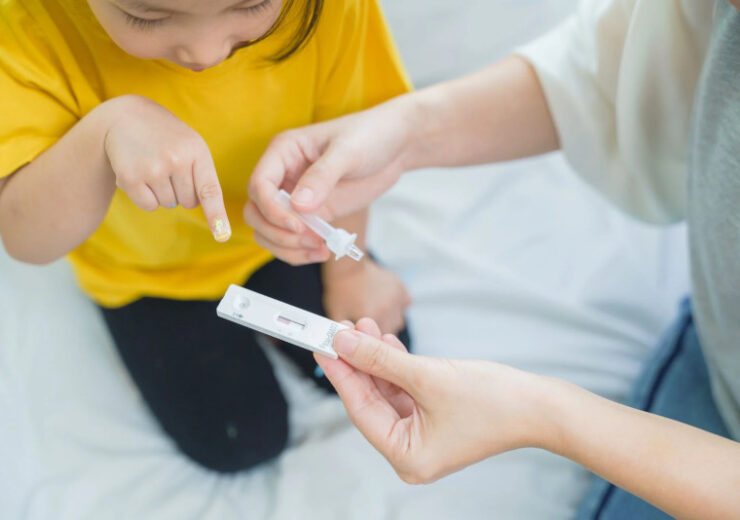Thanks to Covid-19, self-testing has become a common practice. Throughout the next few years, experts believe that this will continue to gain prominence.

Covid-19 helped closed a self-testing skills gap meaning people are far more comfortable with testing at home and interpreting results. Image source: Shutterstock
Thanks to Covid-19, self-testing has become a common practice. Throughout the next few years, experts believe that this will continue to gain prominence.
Self-testing has become a regular part of life thanks to Covid-19. The world relied on lateral flow tests (LFTs) to track and trace the virus, stop its spread, and identify variants of concern.
The 11 March marked two years since the WHO declared Covid-19 a global pandemic. A recurring protagonist of the two-year saga has been the at-home Covid-19 test which has seen millions (perhaps billions) of both adults and children become all too familiar with the tech.
As CEO of NHS Confederation (the membership body for organisations that commission and provide National Health Service services) Matthew Taylor told Medical Device Network, “the Covid-19 pandemic has meant we have become familiar with self-testing, putting us at the heart of the diagnostic process.”
Source: Company Press Release
